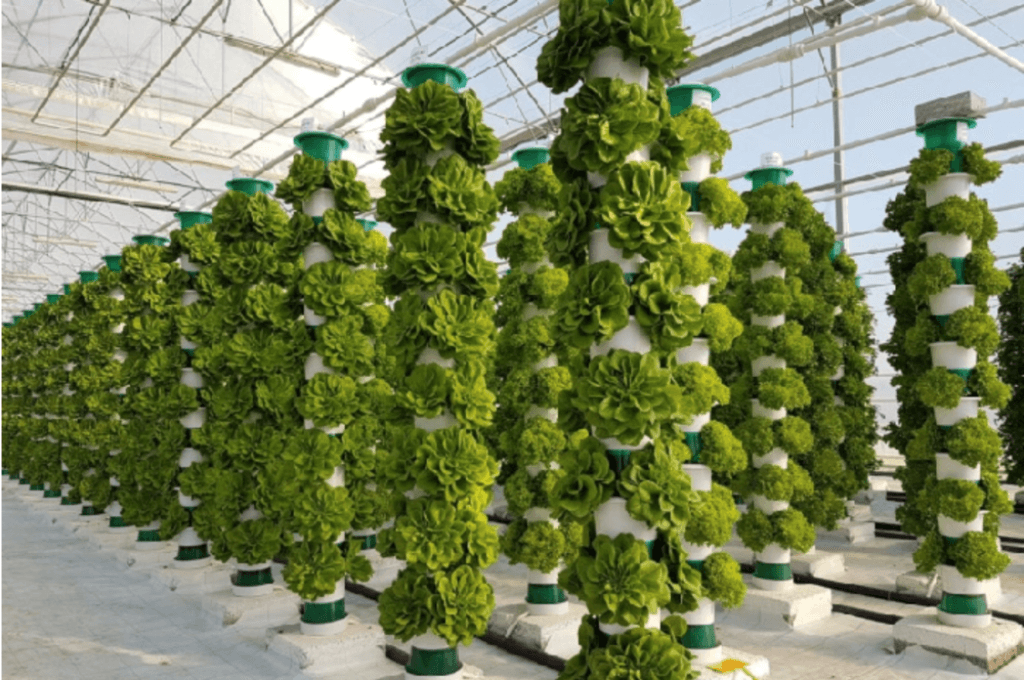Overview of Vertical Farming in 2024
Vertical farming is gaining significant traction as a sustainable agricultural solution to address the challenges of urbanization, food security, and environmental degradation. In 2024, the industry is poised for substantial growth, driven by technological advancements and increasing demand for local food production.
Market Growth and Economic Impact
The global vertical farming market was valued at USD 5.6 billion in 2024 and is projected to reach USD 13.7 billion by 2029, reflecting a compound annual growth rate (CAGR) of 19.7% during this period. This growth is attributed to the rising need for efficient food production methods in the face of declining arable land and increasing urban populations. Vertical farms are particularly effective in utilizing limited space, with estimates suggesting they can yield up to 350 times more produce per acre compared to traditional farming methods.
Key Drivers
- Water Conservation: Vertical farms can use up to 10 times less water than conventional agriculture, achieving a 98% reduction in water usage through closed-loop systems.
- Space Optimization: By stacking crops vertically, these farms significantly reduce land requirements, addressing the scarcity of arable land in urban areas.
- Year-Round Production: Controlled environments allow for continuous crop cycles, ensuring a steady supply of fresh produce regardless of seasonal changes.
Technological Innovations
Innovations in technology are central to the advancement of vertical farming. Key areas include:
- AI and IoT Integration: These technologies enhance resource management and crop yield through automation and data analytics.
- Aeroponics: This growth mechanism is expected to grow rapidly due to its efficiency in water usage and higher productivity compared to hydroponics.
- Shipping Container Farms: These mobile units are gaining popularity for their affordability and ability to be deployed in various locations while maintaining climate control.
Challenges Facing the Industry
Despite its potential, vertical farming faces several challenges:
- High Startup Costs: The initial investment required for infrastructure can be prohibitive for many startups.
- Technical Skill Gap: There is a shortage of skilled labor capable of operating advanced farming technologies.
- Energy Consumption: High energy demands for lighting and climate control can lead to increased operational costs, necessitating efficient energy solutions.
Future Prospects
Looking ahead, vertical farming must diversify its crop offerings beyond leafy greens to include more caloric crops that meet broader nutritional needs. This shift will be essential for scaling operations and enhancing food security globally. Moreover, securing financing through innovative models such as public-private partnerships could facilitate expansion and sustainability within the sector .In summary, vertical farming in 2024 is at a pivotal juncture, with promising growth prospects tempered by significant challenges. The industry’s ability to innovate and adapt will determine its role in the future of global food production.

